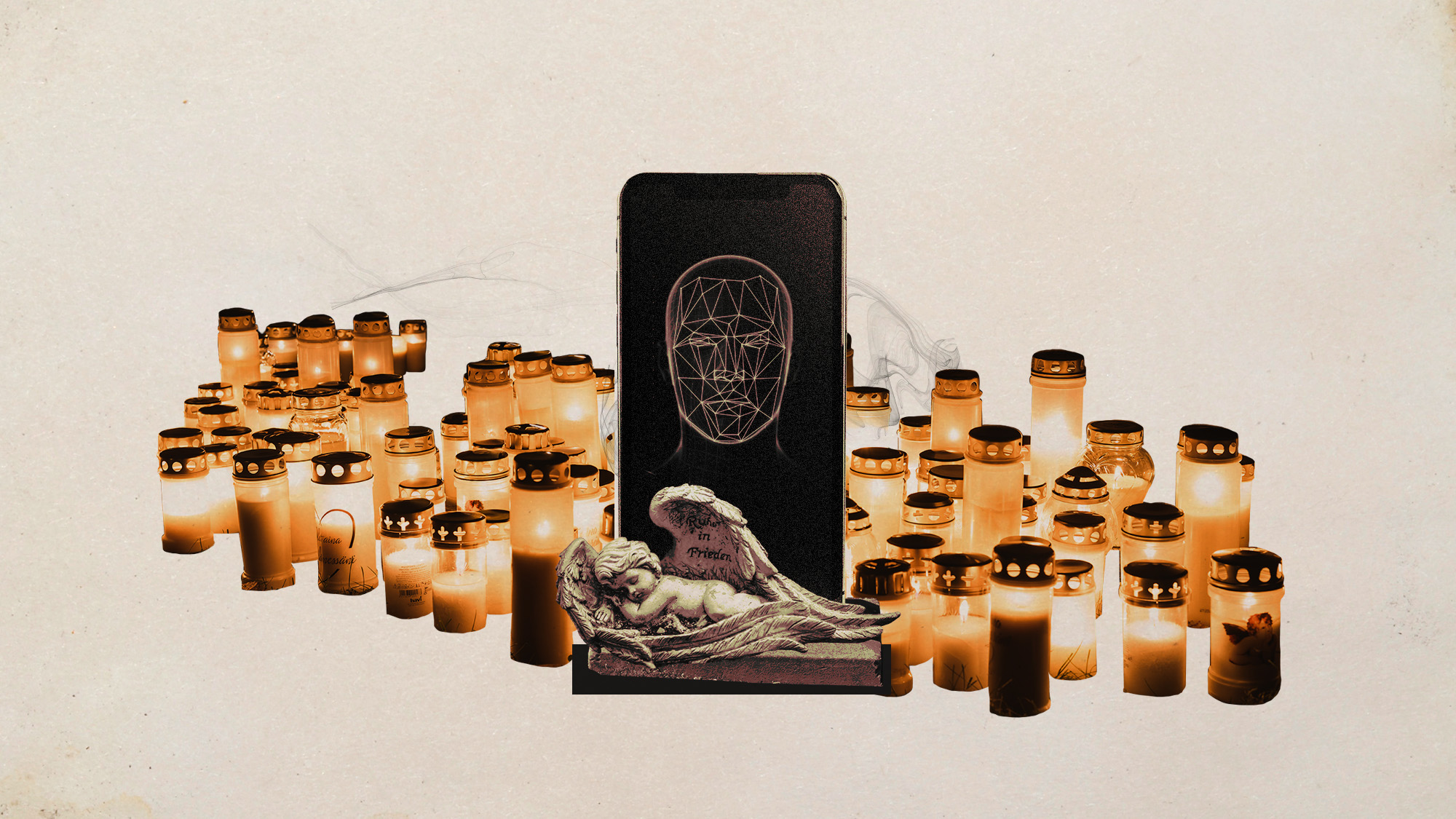The rise and fall of Aristide
Hundreds of thousands of Haitians cheered when U.S. troops helped restore President Jean-Bertrand Aristide to power in 1994. Last week, rebels drove him into exile. What went wrong?
How did Aristide get his start?
Aristide became a national hero in the 1980s as a crusading Roman Catholic priest at the St. Jean Bosco church, in one of Port-au-Prince’s worst slums. From the pulpit and on a regular national radio broadcast, he denounced the brutal Duvalier family dictatorship and demanded justice, political rights, and a decent standard of living for Haiti’s desperately poor masses. Aristide’s church was burned to the ground, and several attempts were made on his life. But he refused to be silenced. A fellow priest, the Rev. Antonio Sele, said the tiny, bespectacled Aristide was “the one chosen by God for Haiti to denounce injustice and show us the truth.”
How did he become president?
The Week
Escape your echo chamber. Get the facts behind the news, plus analysis from multiple perspectives.

Sign up for The Week's Free Newsletters
From our morning news briefing to a weekly Good News Newsletter, get the best of The Week delivered directly to your inbox.
From our morning news briefing to a weekly Good News Newsletter, get the best of The Week delivered directly to your inbox.
A popular uprising finally forced “President for Life” Jean-Claude Duvalier to flee, in 1986. Aristide said Haitians must go through a period of dechoukaj—Creole for uprooting—to cleanse the Caribbean island of its history of oppression. He called American factory owners “bloodsuckers,” said “capitalism is a sin,’ and called for “revolution, not elections!” But when elections were scheduled in December 1990, Aristide suddenly announced he was running for president. He likened his campaign to a cleansing rain that would wash away the filth and corruption of decades of dictatorship. He won with 67 percent of the vote. Haitian author Laennec Hurbon called the new president the “incarnation of a collective dream.”
How did he do in office?
Aristide raised the minimum wage and curbed some of the corruption that had plagued the country for decades. But from the beginning, he saw himself as the champion of Haiti’s dark-skinned poor in its class struggle with the rest of society—its light-skinned, educated middle class, its professionals, its university students, and its property owners. “As a politician, he reverted to the same authoritarianism he had condemned for so long,” said Robert E. White, an expert on Haiti who came to know Aristide well when he later went into exile. “I don’t believe he had a democratic bone in his body.” Groups of Aristide supporters roamed the streets, beating, intimidating, or murdering critics who dared to question his policies. Eight months into Aristide’s five-year term, the army overthrew him in a bloody coup.
What did the U.S. do?
A free daily email with the biggest news stories of the day – and the best features from TheWeek.com
The Clinton administration imposed sanctions on Haiti’s military rulers and demanded that they allow Aristide to return as Haiti’s rightfully elected leader. For three years, Aristide lived in exile in a Washington, D.C., apartment, down the hall from Attorney General Janet Reno. In 1994, Clinton ordered a force of 20,000 troops to land in Haiti, and Aristide returned to the cheers of hundreds of thousands of Haitians. “This is a victory for freedom around the world,” said Clinton. U.S. troops helped keep the peace, and rebuilt roads, schools, and hospitals. Foreign experts helped train a new 5,000-member civilian police force. Nearly $1 billion in U.S. aid poured in over the next decade. To remove the future threat of another military coup, Aristide disbanded the 7,000-man army, which in two centuries of independence had never fired a shot on anyone except the Haitian people.
Was he more successful this time?
Aristide made some small progress, but the country’s crushing poverty, poor literacy rate, and abysmal health care continued to elude a quick solution, and its class divisions remained deep and bitter. In 1996, Aristide complied with a constitutional prohibition on a president’s serving two consecutive terms, but ran for president again in 2000. He won easily, but turnout was less than 10 percent. Rival parties had accused Aristide’s followers of rigging earlier legislative elections to give his party absolute control of the parliament, so they boycotted the presidential vote.
How did Aristide’s followers respond?
With defiance. Accusing Aristide’s enemies of planning another coup, one of his prominent supporters summoned 20 Haitian journalists to Aristide’s former church in the slums of Port-au-Prince. The militant, Paul Raymond, said that if the opposition didn’t back off, mobs would kill 80 opposition politicians, journalists, and priests, and turn their “blood to ink, their skin to parchment, and their skulls to inkwells.”
What did the U.S. think of that?
Aristide’s international supporters, including the U.S., were appalled. The U.S. blocked between $300 million and $500 million in development loans, and called on Aristide to make peace with his rivals. But Aristide angrily rebuffed calls for compromise, and his popularity waned. “He alienated many, many people,” said Robert Macguire, a Haiti expert at Trinity College in Washington.
How did the rebellion start?


